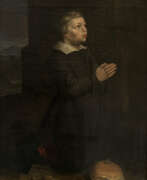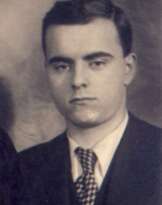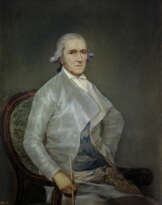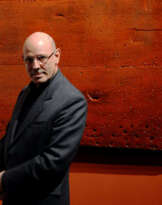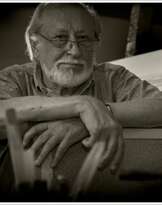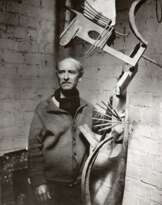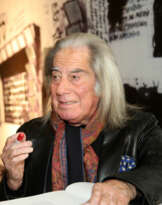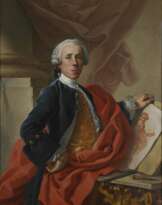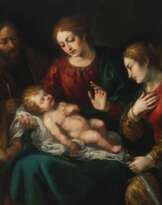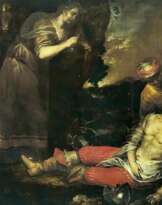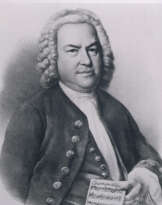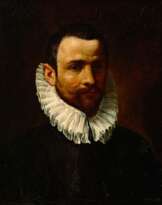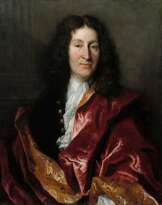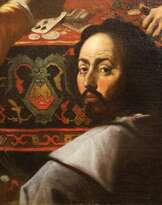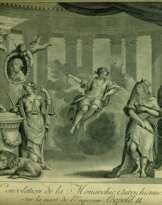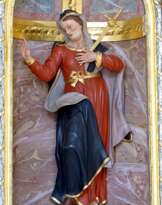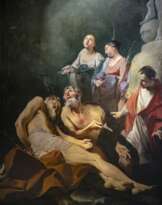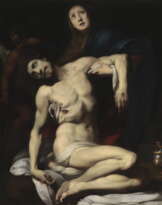Alonso Cano (1601 - 1667)
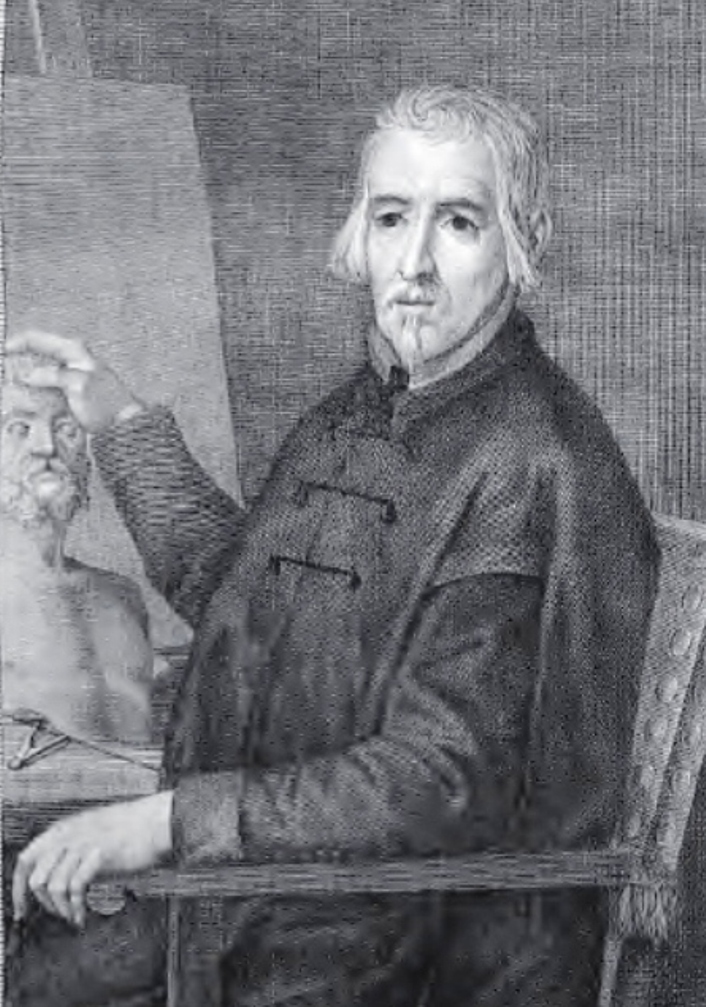
Alonso Cano
Alonso Cano was a multifaceted Spanish artist, renowned for his remarkable contributions in painting, sculpture, and architecture. Born in Granada in 1601, Cano is often celebrated as the "Spanish Michelangelo", a testament to his diverse artistic talents and significant impact on the Baroque era. His career, marked by a blend of Italian Mannerism and Baroque style, was a journey through various Spanish cities, each phase contributing uniquely to his artistic evolution.
In Seville, Cano trained under Francisco Pacheco, where his initial works like "San Francisco de Borja" (Seville Museum of Fine Arts) displayed a blend of Tenebrism and a brighter, more lyrical color palette. This period also saw the birth of works like "La Visión de San Juan" (Wallace Collection, London), signaling a transition in his style. Madrid, however, marked a significant turn in Cano's career. His works for the Buen Retiro Palace and the Alcázar showcase an evolution towards elegant, dynamic Baroque forms with lighter tonalities, influenced by the 16th-century Venetian masters.
Cano's return to Granada in 1652 was a homecoming that not only reinvigorated the Granada School but also marked his most prolific period. His masterpieces during this time include the series of paintings on the life of the Virgin in Granada Cathedral, a remarkable testament to Baroque art. Notably, his "Inmaculada Concepción" (1648) and "Nacimiento de la Virgen" (1663-1664) in the Cathedral stand as crowning achievements of his painterly career.
Equally impressive is Cano's sculptural work, where his polychrome wooden statue of the Immaculate Conception (1655) in Granada Cathedral is often hailed as his magnum opus. Despite sculpture being a secondary focus to his painting, his works, such as the Inmaculada in San Julián Church, Sevilla, and the smaller, yet exquisitely crafted, Inmaculada of the facistol in Granada Cathedral, resonate with the delicate beauty pointing towards Rococo art.
Cano's architectural prowess is exemplified in the design of Granada Cathedral's façade, an original piece of Spanish Baroque architecture. His artistic journey was not just a personal endeavor but a pivotal influence in the transition of Spanish painting towards a more idealist trend alongside Velázquez.
For art collectors and experts, Alonso Cano's works remain a cornerstone of the Baroque era, showcasing a blend of dramatic realism and spiritual depth. His influence extends beyond the boundaries of Granada, leaving an indelible mark on the world of art and culture.
To stay informed about new discoveries, product sales, and auction events related to Alonso Cano's works, sign up for our updates. This subscription focuses solely on providing relevant news in the art and antiques realm, especially concerning Cano's invaluable contributions.
| Date and place of birt: | 19 march 1601, Granada, Spain |
|---|---|
| Date and place of death: | 3 september 1667, Granada, Spain |
| Nationality: | Spain |
| Period of activity: | XVII century |
| Specialization: | Architect, Designer, Draftsman, Engraver, Painter, Sculptor |
| Art school / group: | Granada School |
| Art style: | Baroque, Mannerism |

